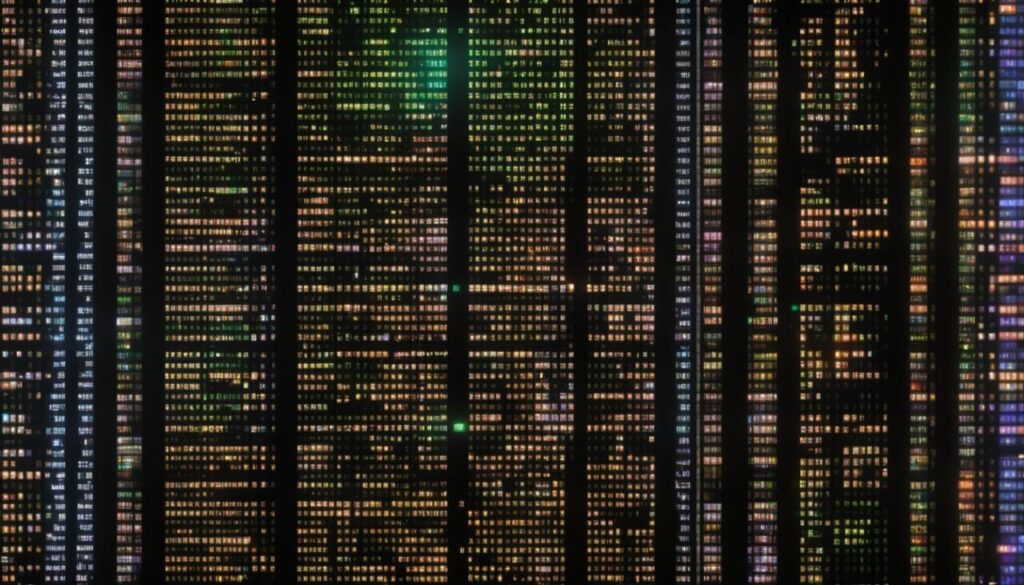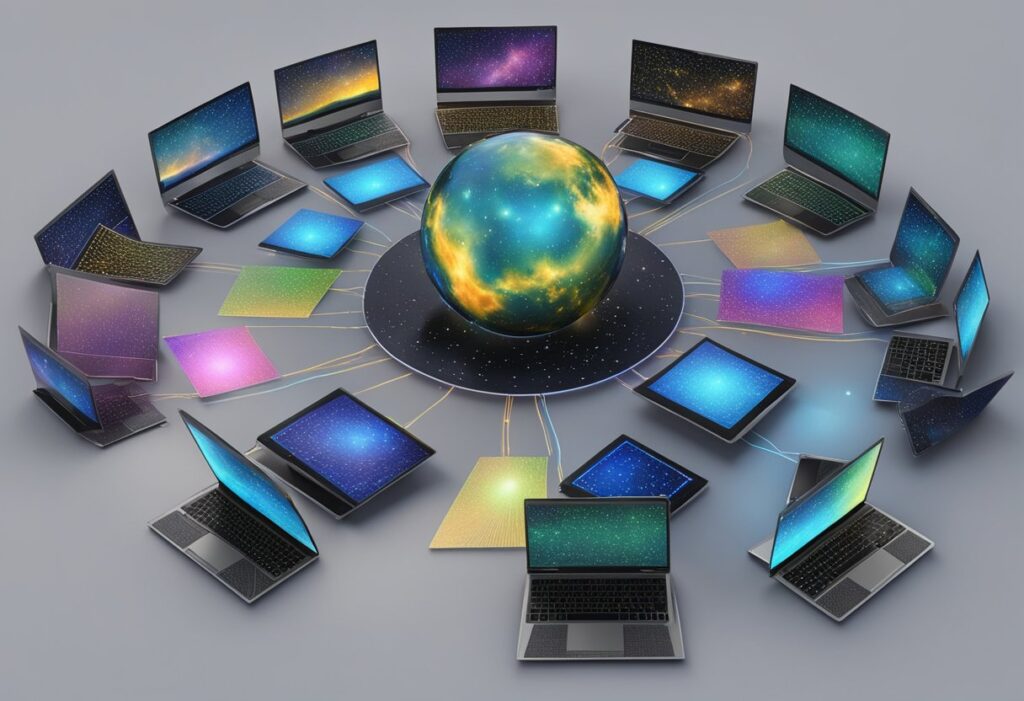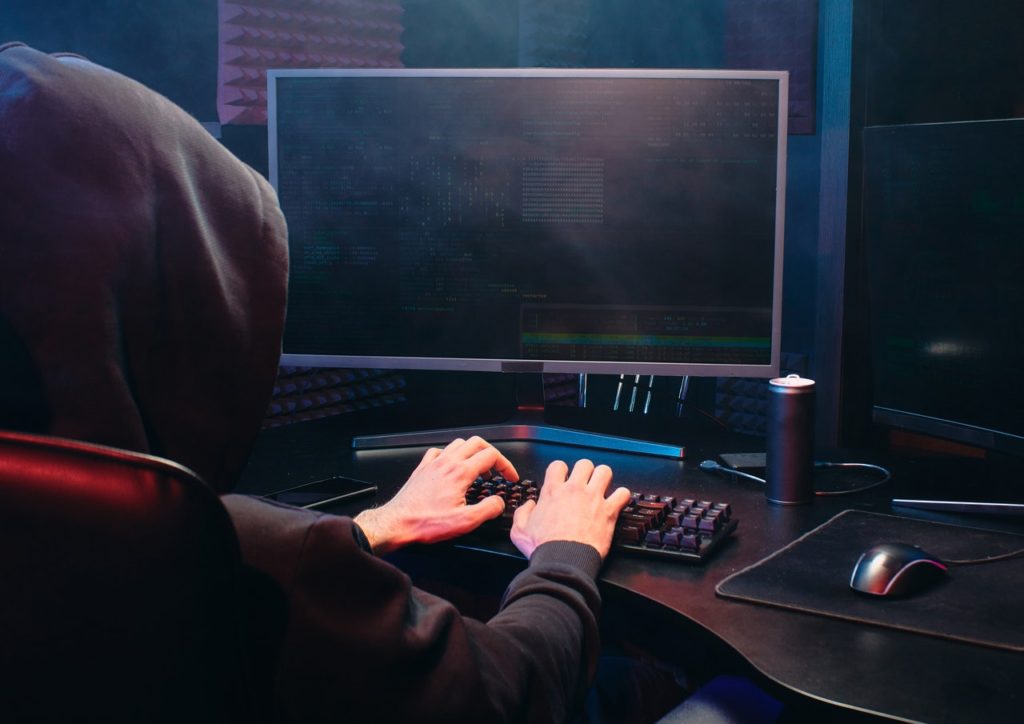
All life on Earth is controlled by mathematical concepts with what appear to be arbitrary characteristics, whether they are inanimate or alive, microscopic or galactic. And this brings up the issue of whether a relatively sound technology could accurately simulate the world if these principles completely regulated it.
Could a highly developed society have created our reality as an accurate simulation?
Take solace in some important news if the everyday world in 2022 appears to be just too much: according to scientists, the chances of us existing in a simulation are even.
They claim that a lot will depend on science that may be discovered in the coming years regarding the dice roll.
Suppose existence is being added to as a simulation. In that case, it is feasible that everything around us, mainly what we see, is a simulation created by a mega supercomputer from a distant future, based on Einstein’s theory that the past, present, and future all exist at the same time.
But do we really live in a simulation theory? If yes, how? If not, how? You need not scratch your head anymore, as this article aptly covers this!
How Did “The Matrix” Come Into Picture Here?

The science fiction action film The Matrix and its sequels significantly advanced the simulation idea. However, intellectuals have made similar claims for several thousand years. Several doctrines also dabble in simulation.
According to the simulation hypothesis, there’s a mathematical basis for the simulation’s intended rationality. Another result may be the Mandela Effect or déjà vu. These glitches in the matrix must occur due to the commuting distance lagging of either upcoming or higher-order artificially intelligent computers.
Assume that computers will only get more robust, more effective, and more capable.
Let’s imagine that, in the distant future, we develop an earth-sized computer capable of simulating our entire galaxy and reproducing all the physics, chemistry, and biology of the physical world.
For this assertion to hold water, it doesn’t make a difference precisely when this development occurs.
Think about how often animals in gameplay have arisen and vanished since we first discovered the technique. Once our successors create such a computer, they will inevitably produce numerous simulated entities.
Very soon, the organic brains of the real world will be significantly outnumbered by the number of simulated conscious minds in a computer.
If this ultimately occurs, we are left with three options. And these are:
- It is technologically impossible for our offspring (or other intelligent beings) to perfect a method of accurately simulating the cosmos.
- Despite developing the technology, our offspring (or other sentient species) will decide against simulating the universe.
- You are one of the vast bulk of thinking beings participating in a simulation.
So Are We In A Simulation? Or Are We Not?
Suppose the claim that we are in a simulation is true.
Before discussing the consequences, it is crucial to clarify how unlikely this hypothesis actually is.
Let’s start by assuming that it is feasible to create brilliant devices that simulate human sensations. This is a common theme in science fiction, dating back to Isaac Asimov and in the more recent Westworld, and it has long been the dream of aspirational AI researchers.
Second, consider the possibility that specific human-like artificial intelligence (AI) machines could operate entirely in a virtual world and interact with simulated data as if they were a part of a physical realm with natural objects.
Third, assume that numerous such AI devices that think they exist in non-simulated worlds have been developed by high-tech civilizations located somewhere in the universe. Perhaps there are such high-tech, simulation-producing nations somewhere in the broad cosmos.
Neither of these three hypotheses is entirely improbable. They at least appear to be viable options. When you combine these alternatives, the simulation theory seems reasonable. Without recognizing it, we could be SIMS too.
Our telescopes could not see the high-tech civilization that gave rise to us. However, that group would be in charge of supplying the server farms that create the world as we see it.
The Tech Constraints Of Living In The Simulation World

We don’t currently have the hardware or software necessary to build cognizant brains into computers at the present phase of technological advances.
However, it has been argued that these drawbacks will ultimately be resolved if technology development continues.
According to some experts, this phase might not be far off. However, no timeframe assumptions are needed for the moment.
The simulation assertion is quite convincing for those who believe that it will take several hundred thousand years for human civilization to reach a “posthuman” stage.
It’s a stage in which people will have developed the technical sophistication that can be coherent with physical processes as well as with energy and materials constraints.
The amount of additional computational power needed if the world is incorporated into the simulation varies depending on the simulation’s size and level of detail.
Until fundamentally new physics is uncovered, it is impossible to simulate the entire cosmos to the subatomic level. However, far less is needed to ensure that the simulated people, engaging in a regular human manner with their simulated surroundings, don’t detect any abnormalities.
To Conclude…

We should feel cosmically and theologically uneasy if we genuinely consider that we are in a simulation. We should experience doubt.
A simulated world will probably be much less stable and intelligently managed than a world based on a sizable planet-sized rock or the unchanging command of a loving deity.




























